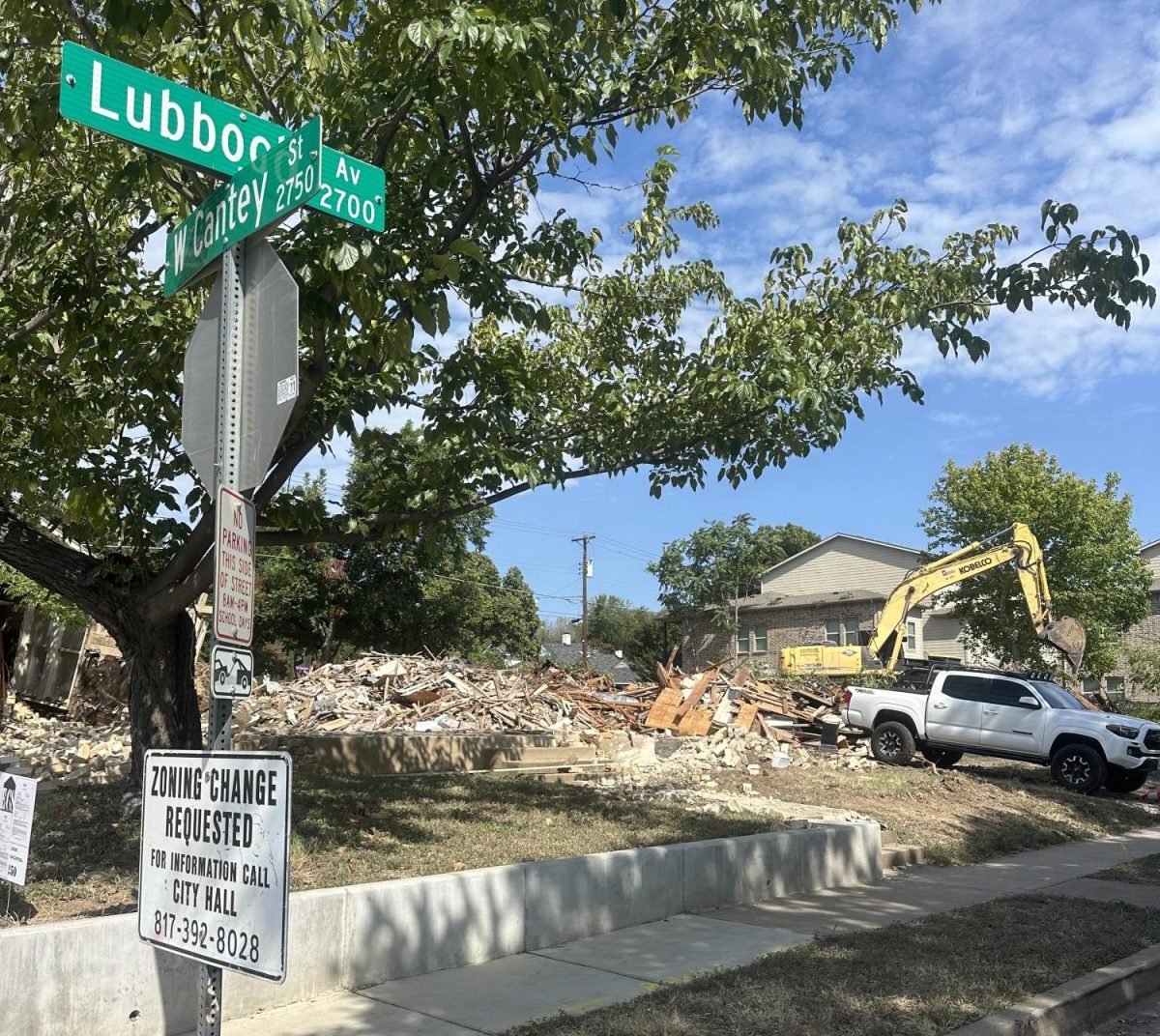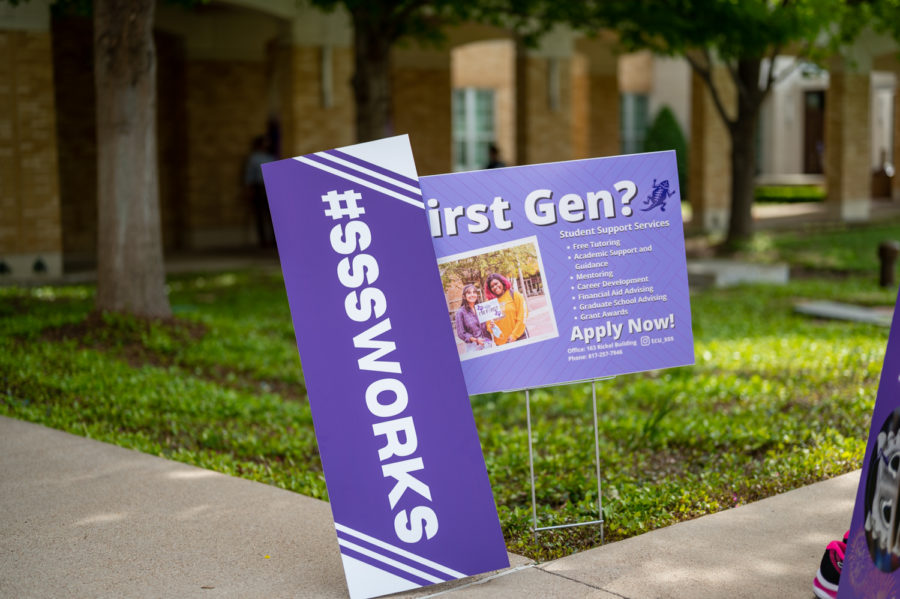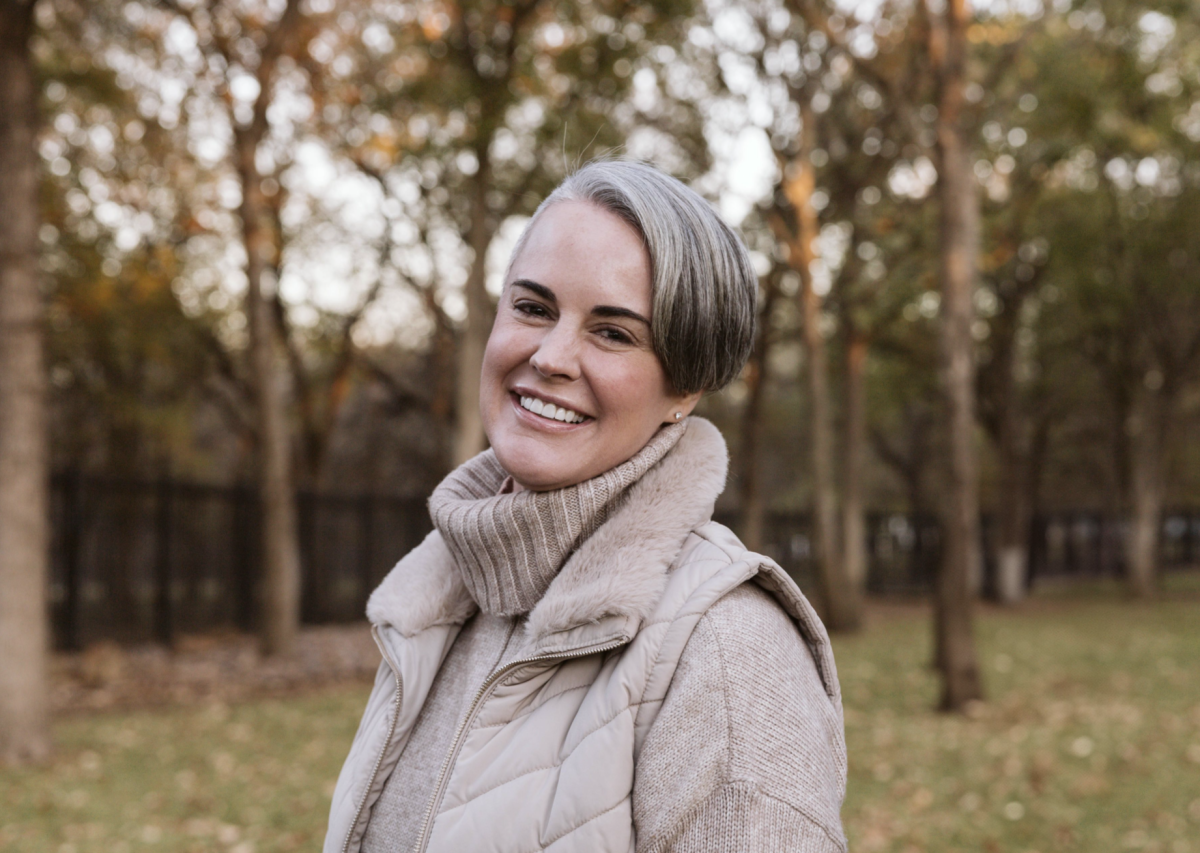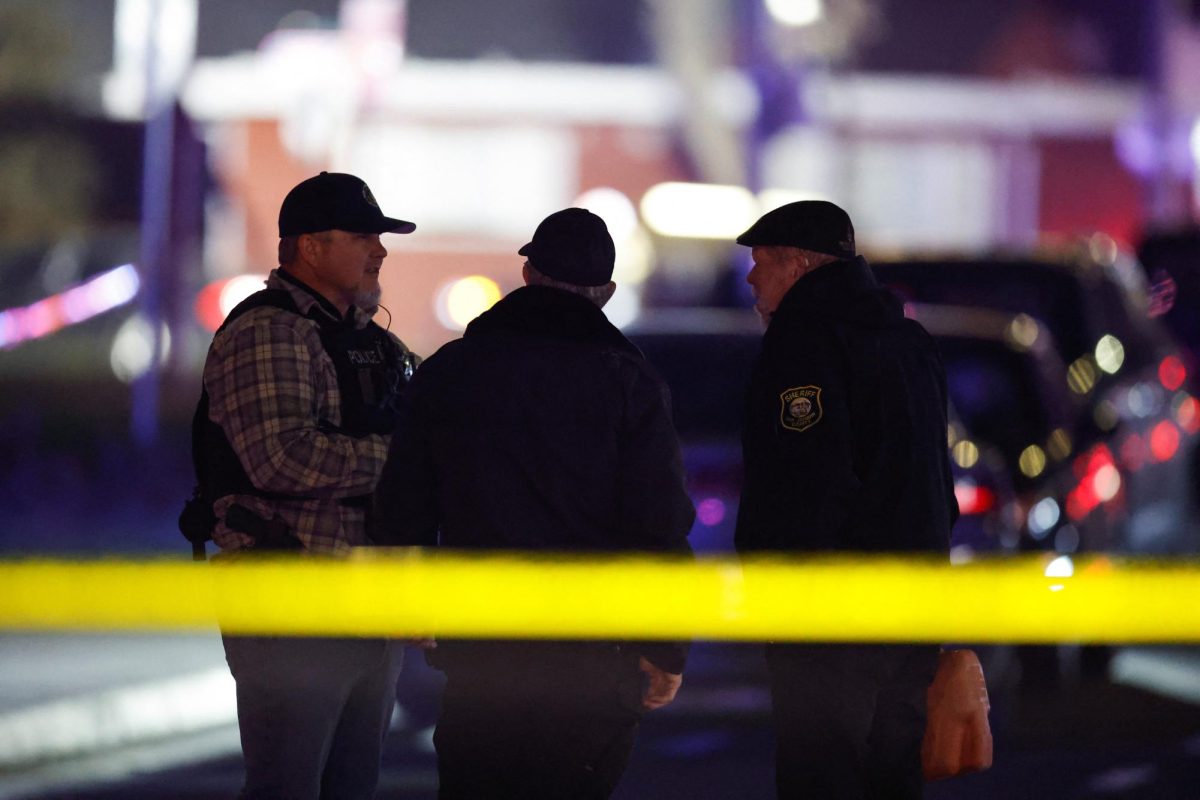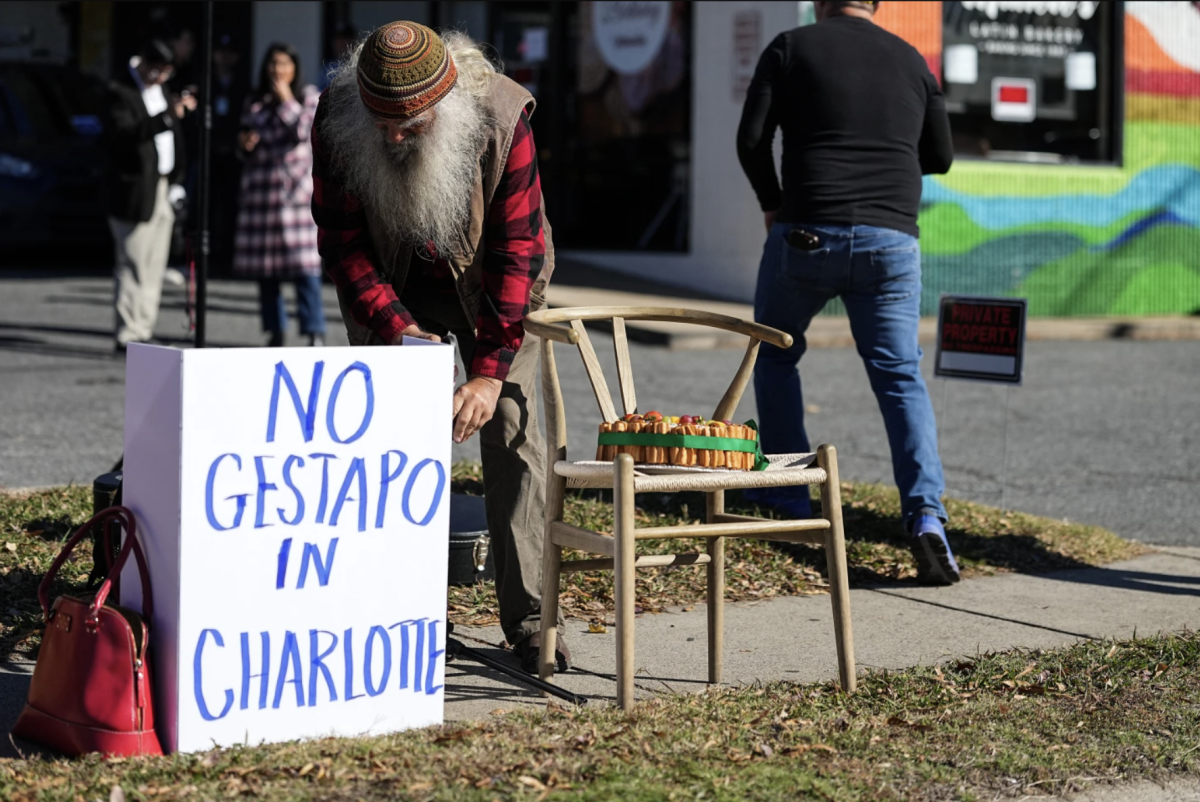
The millions of Americans tuning in for the Super Bowl this Sunday will see more than two teams battling on the gridiron — two political advertisements, one for President Donald Trump and the other for Democratic candidate Mike Bloomberg, are on schedule.
Bloomberg’s $10 million, 60-second advertisement for the big game is part of an unorthodox campaign strategy that currently has him fourth in national polls, according to RealClearPolitics. At the heart of the strategy is Bloomberg’s ability to spend more money than his opponents.
The billionaire and former mayor of New York City has spent more than $220 million on advertisements alone since entering the race in November, according to FiveThirtyEight.

“He has essentially limitless resources to spend and he has said he’s going to spend as much as it takes, and so far it has not really shown any sign of limiting what he is doing,” said Joshua Darr, an assistant professor of communication at Louisiana State University.
Bloomberg’s depth of resources has allowed him to focus more on Texas than any other candidate so far in the race.
He has spent over $24 million on advertisements in Texas alone. Outside of fellow billionaire Tom Steyer, who has had two national ads receive airtime in the state, no other candidate has been on the airwaves in Texas.
By essentially having the state to himself, Bloomberg’s ads may have more resonance with Texas voters than they would in a crowded space.
“Most of the political science research on ads is that they kind of cancel each other out,” Darr said. “So if both campaigns are airing ads in equal volumes you shouldn’t expect much effects, but if you do have a large one-sided communication flow, there is the potential for that to matter because it can’t be countered by anybody.”
Darr said Bloomberg is also paying campaign staffers more than other campaigns, gifting them iPhones and catering their meals.
“He’s doing everything bigger, bolder and more expensive than other campaigns are doing, and he’s trying to poach talent from those other campaigns who want to get paid more,” he added.
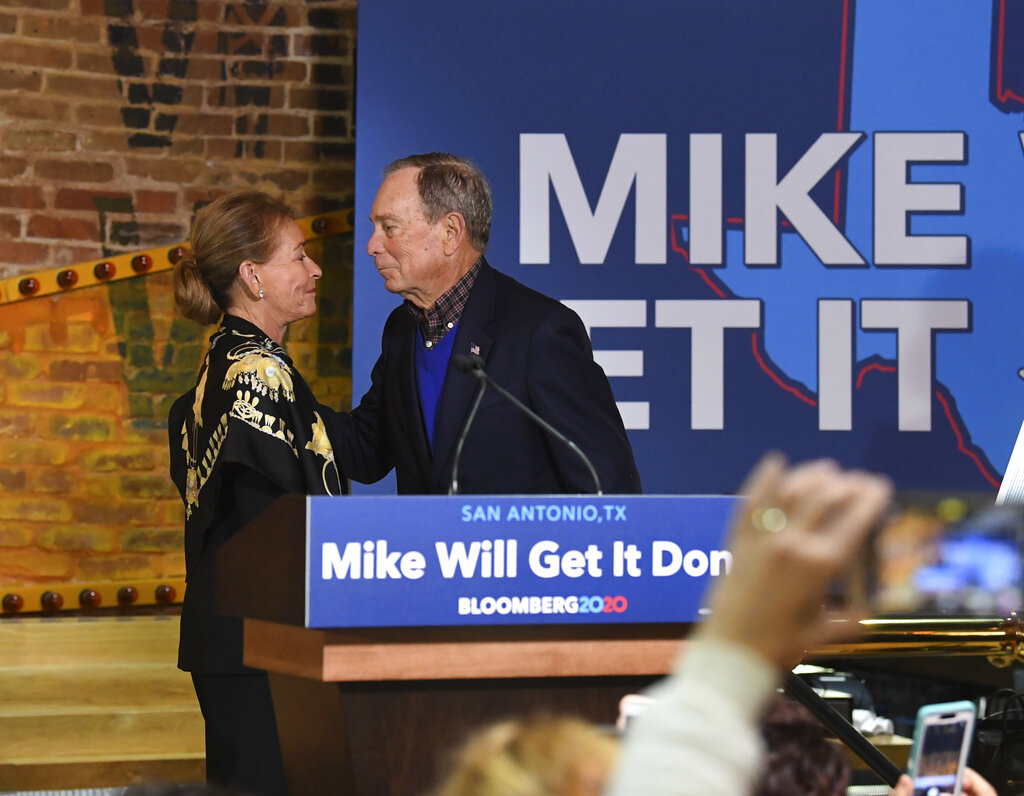
He has opened a state campaign headquarters in Houston along with 16 Texas field offices, including one in the DFW area; no other candidate has a ground game in Texas to this scale, Darr said.
Bloomberg was fourth among candidates in the 2020 Texas Lyceum Poll, polling at 9% overall.
Another part of Bloomberg’s strategy is his decision to skip early voting states like Iowa and New Hampshire and focus on the 14 states, including Texas, that cast their ballots on March 3.
Iowa has been seen as crucial to any candidate’s bid for the nomination ever since Jimmy Carter won the state in 1976 and snowballed his way to the presidency.
Many candidates build their strategy around the state, allocating the lion’s share of their resources toward advertisements and staffing within Iowa.
“Usually if you study presidential campaigns you end up studying strategy, which implies that you have limited resources,” Darr said. “If you’re being strategic you’re saying ‘I need this state more than I need that state, and so this state votes first and I’m going to put my money in there,’ which is what almost every other candidate is doing.”
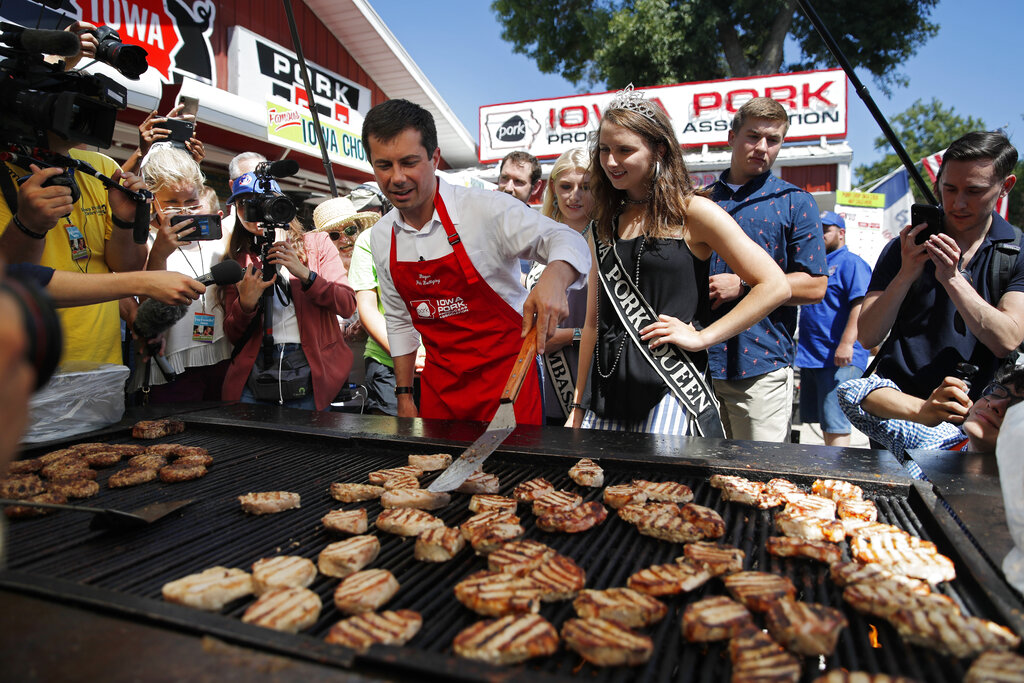
Most candidates make this decision in part because of all of the positive media coverage that follows a strong finish in Iowa.
“When you win something people typically write stories about why you’re great and when you lose something they write stories about why you’re terrible,” said Tim Groeling, a communications professor at UCLA.
Bloomberg’s campaign differs in the fact that he has no need to limit his resources and is not reliant on a good finish in Iowa to keep his campaign going.
“There’s never been anything like Bloomberg,” Darr said. “Somebody who does not have to make those decisions and has deliberately decided not to do the early states.”
So while the three candidates above him in the polls – Joe Biden, Bernie Sanders and Elizabeth Warren – hunker down in Iowa in the days leading up to the state’s caucus, he is focusing on states that have largely been left untouched, like Texas.
His campaign announced a “robust state operation” focusing on delegate-rich states like Texas and California in December. They also have staffers in other key battleground states including Pennsylvania, North Carolina, Ohio and Wisconsin.
In another positive sign for Bloomberg, the Democratic National Committee announced this week that they are eliminating the donor requirement for debate qualification.
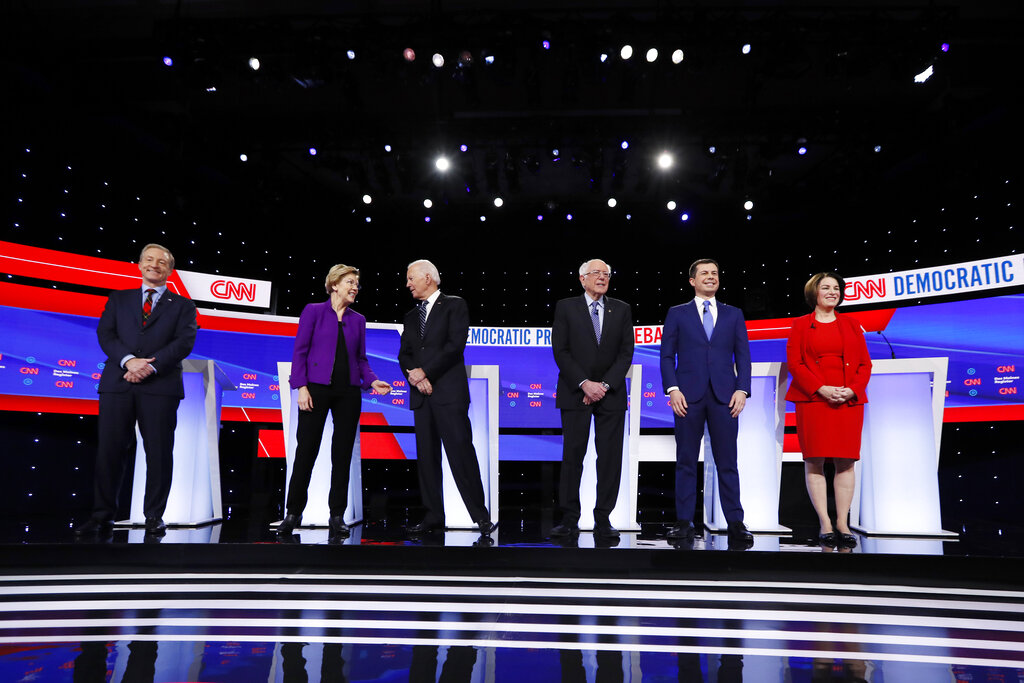
The billionaire does not accept contributions and had not been able to participate in the previous debates. He will need to poll at 10% in four separate polls to participate in the Feb. 19 debate in Las Vegas.
While the viability of his largely untested campaign strategy will remain unseen until voters begin heading to the polls, both Darr and Groeling agreed that it is worth monitoring.
“I don’t know if he’s going to win, but I don’t think he can be ruled out simply because we’ve never seen anything like this and we shouldn’t dismiss it,” Darr said.

